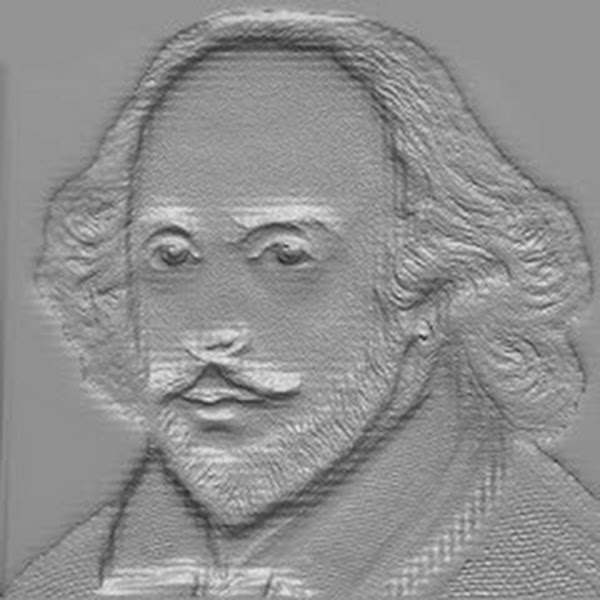Syntax in Linguistics
Syntax is an important branch of linguistics. It studies how words combine to make phrases, clauses, and sentences. The word syntax comes from Greek syntaxis, meaning “arrangement” or “order.” In simple words, syntax deals with sentence structure. It helps us understand how a sentence is formed and how meaning is created through correct word order.
As Noam Chomsky said,
“Syntax is the study of the principles and processes by which sentences are constructed.”
Every language has its own syntactic rules. These rules guide how we put words together. Without syntax, words would remain separate and meaningless.
Meaning of Syntax
Syntax is about grammar and structure. It tells us how to connect words properly. In English, the usual order is Subject + Verb + Object. For instance, in “She reads books,” “She” is the subject, “reads” is the verb, and “books” is the object. If we change the order — “Books reads she” — the sentence becomes wrong or confusing.
Syntax gives us patterns that native speakers follow naturally. It helps us form clear and meaningful sentences.
As Ferdinand de Saussure said,
“Language is a system where everything holds together.”
This idea means that each part of a sentence depends on another. Syntax keeps this system in balance.
Scope of Syntax
The scope of syntax covers different parts of sentence structure. It includes:
- Word Order
Syntax decides the correct order of words. English usually follows SVO (Subject-Verb-Object) order. Other languages may have different orders. - Phrase Structure
A phrase is a group of words that acts as one unit. Phrases can be noun phrases, verb phrases, adjective phrases, adverb phrases, or prepositional phrases.
Example: “The tall boy” (noun phrase), “is sleeping” (verb phrase). - Clause Structure
A clause contains a subject and a predicate. Syntax studies how clauses are formed and connected.
Example: “She smiled because she was happy.”
Here, “She smiled” is the main clause and “because she was happy” is the subordinate clause. - Sentence Formation
Syntax studies how phrases and clauses combine to form sentences — simple, compound, or complex. - Transformational Rules
Transformational rules explain how one type of sentence can change into another. This is part of transformational-generative grammar developed by Noam Chomsky.
Major Syntactic Processes
Syntactic processes are ways by which new sentence forms are created. The main syntactic processes are:
- Substitution
Replacing one part of a sentence with another element.
Example: “He is reading” → “She is reading.”
Here, “He” is replaced by “She.” - Deletion
Removing a part of a sentence but keeping it understandable.
Example: “I can play the guitar, and you can [play] too.”
The verb “play” is deleted in the second part. - Addition (Insertion)
Adding new words to make meaning clearer.
Example: “She sings beautifully” → “She always sings beautifully.” - Movement (Transformation)
Changing the position of words to form different sentence types.
Example: “You are coming.” → “Are you coming?”
Here, the verb “are” moves to the front to make a question. - Embedding
Putting one clause inside another.
Example: “I know that she is kind.”
The clause “that she is kind” is embedded inside the main clause. - Coordination
Joining two sentences or phrases using connectors like and, but, or.
Example: “He is tall and strong.”
As Chomsky explained,
“A grammar must be able to generate all and only the grammatical sentences of a language.”
This idea highlights that syntax gives structure and limits to sentence creation.
Diagram of Syntactic Structure
Here is a simple phrase structure diagram of the sentence:
“The boy plays football.”
S
/ \
NP VP
/ / \
Det V NP
| | / \
The plays N
|
football
Explanation:
- S = Sentence
- NP = Noun Phrase (The boy)
- VP = Verb Phrase (plays football)
- Det = Determiner (The)
- V = Verb (plays)
- N = Noun (football)
This diagram helps us see how each part connects. The noun phrase and verb phrase come together to make a full sentence.
Importance of Syntax
Syntax is important because it:
- Helps in understanding sentence patterns
- Makes language meaningful and logical
- Builds connection between words and meaning
- Aids in language teaching and grammar study
It also helps linguists study how different languages organize words. Syntax allows us to see differences between languages while also finding universal patterns.
Conclusion
Syntax is the study of sentence structure. It examines how words form phrases, phrases form clauses, and clauses form sentences. It gives order and meaning to language. Without syntax, communication would become unclear. Through syntactic processes like substitution, deletion, movement, and embedding, we can form many types of sentences. Syntax connects thought with expression and gives language its structure and beauty.
 CSP
CSP